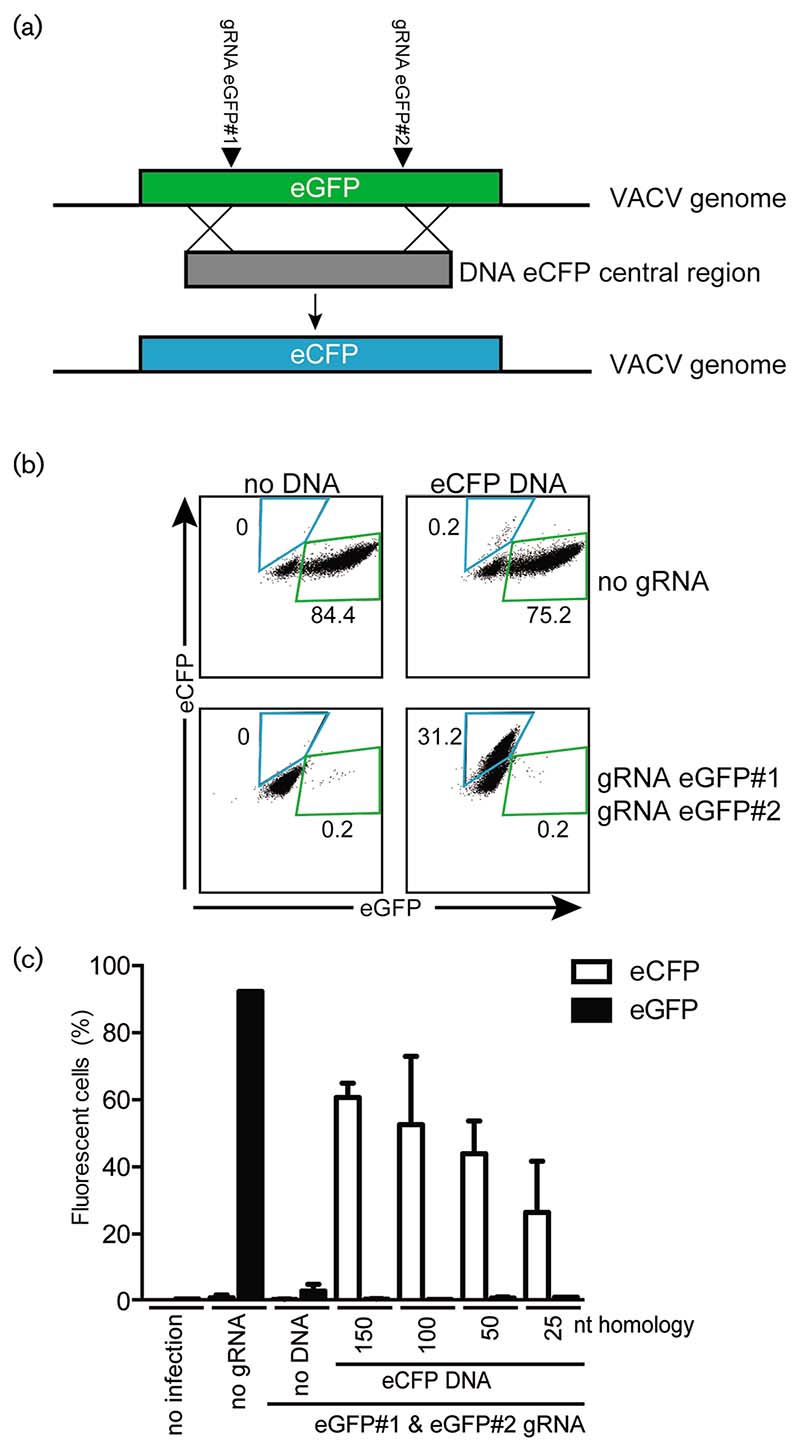Fig. 1. CRISPR/Cas9 allows for efficient directed construction of VACV mutants.
(a) Schematic representation of the approach to generate VACV mutants by homologous recombination. Two anti-eGFP gRNAs introduce double-stranded breaks in the eGFP gene present on the genome of VACV-WR encoding eGFP (VACV-eGFP). Simultaneous administration of a repair PCR product comprising the eCFP gene with 5' and 3' sequence homology to the eGFP termini results in recombination and the production of VACV-eCFP. (b) Control cells (no gRNA) or cells expressing gRNAs targeting eGFP (eGFP#1 and eGFP#2) were transfected with the eCFP PCR product described in (a). MJS cells were subsequently infected with VACV-eGFP (m.o.i.: 0.1), and virus supernatant was harvested 8 days post-infection (p.i.) and used to infect new cells. Two days p.i., eGFP and eCFP expression was analysed by flow cytometry. The percentages of eGFP or eCFP-expressing cells are indicated. (c) PCR products with the indicated nucleotide overlap with the VACV genome at their termini were transfected into MJS cells. Subsequently, the cells were infected with VACV and analysed as in (b). The percentage of cells expressing the indicated fluorescent protein is presented.

